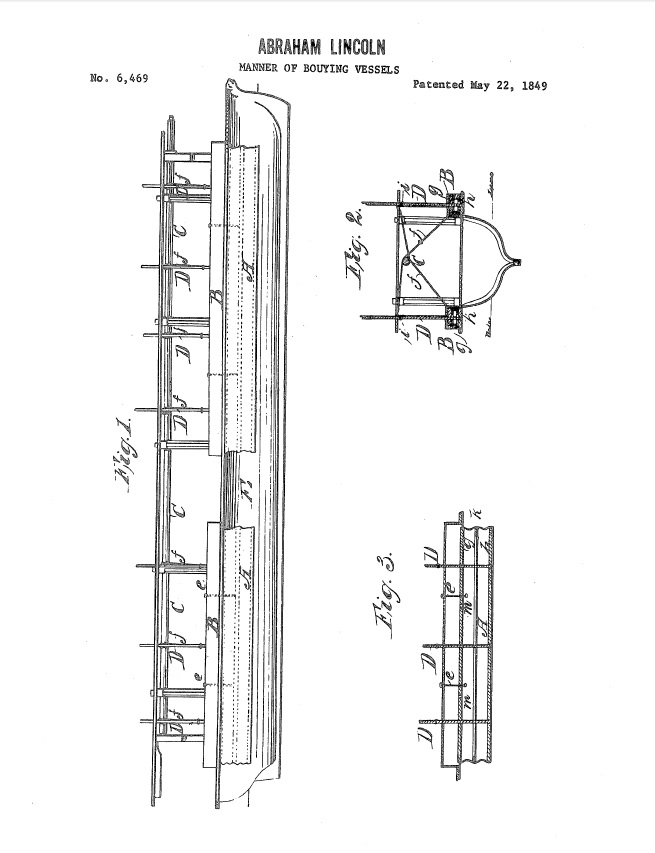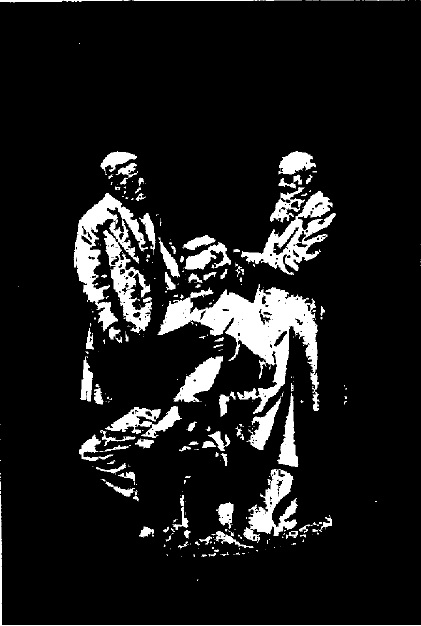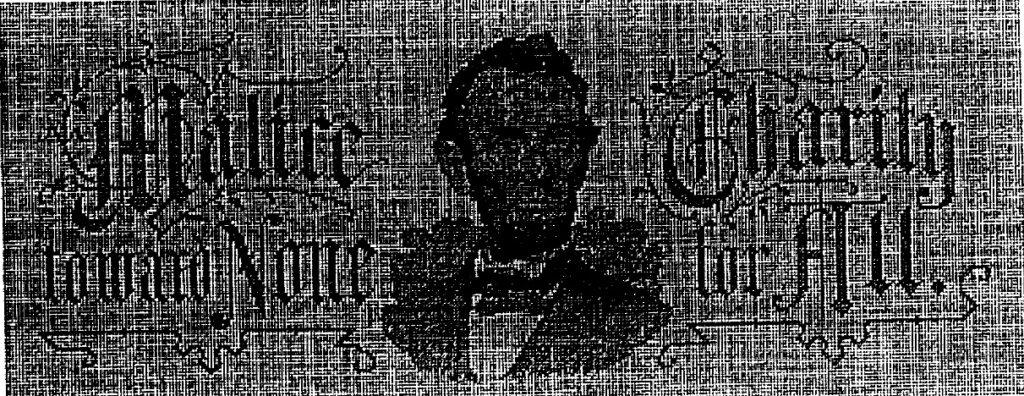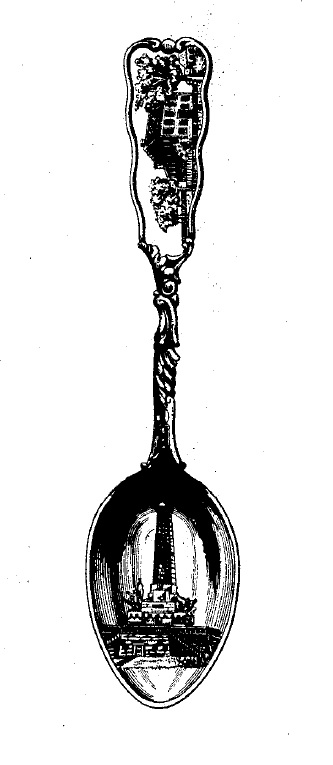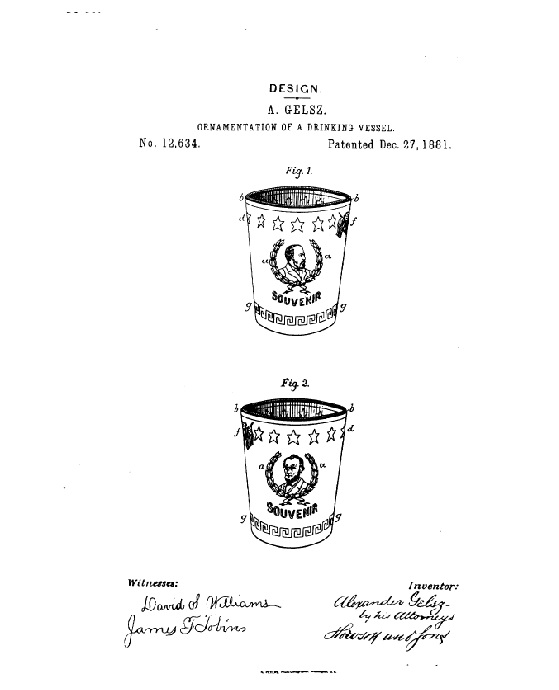In Nalco Co. v. Chem-Mod, LLC, [2017-1036] (February 27, 2018), the Federal Circuit reversed the district court’s dismissal of Nalco’s infringement claims, and remanded for further proceedings.
Nalco asserted U.S. Patent No. 6,808,692 on a method for the removal of elemental mercury, a toxic pollutant, from the flue gas created by combustion in coal-fired power plants. Among other things, the claims require “injecting a bromide compound that is a thermolabile
molecular bromine precursor into said flue gas.” The district court granted the motion to dismiss on direct infringement because “the Chem-Mod Solution differs from the ’692 Patent in both the location and method of application.”
The Federal Circuit, however, agreed with Nalco, that the fourth amended complaint plausibly alleges direct infringement, noting Nalco is entitled to all inferences in its favor on its theory that, when treated coal is injected into the furnace, this constitutes the required injection of the bromine precursor. The Federal Circuit further noted taht But The Federal Circuit found that defendants’ arguments boil down to objections to Nalco’s proposed claim construction for “flue gas,” a dispute not suitable for resolution on a motion to dismiss.
The Federal Circuit noted that the disputes between the parties hinge on where “flue gas” may be located within the power plant and what limitations are appropriate on where “injecting” may occur. It is not appropriate to resolve these disputes, or to determine whether the method claimed in the ’692 patent should be confined to the preferred embodiment, on a Rule 12(b)(6) motion, without the benefit of claim construction. The purpose of a motion to dismiss is to test the sufficiency of the complaint, not to decide the merits.
The Federal Circuit also reversed the dismissal of the joint infringement claim, noting that direct infringement under § 271(a) occurs where all
steps of a claimed method are performed by or attributable to a single entity. The key inquiry where more than one actor is involved in practicing the steps is whether “the acts of one are attributable to the
other such that a single entity is responsible for the infringement. The Federal Circuit noted that it looks for evidence that a third party hoping to obtain access to certain benefits can only do so if it performs certain steps identified by the defendant, and does so under the terms prescribed by the defendant. After reviewing Nalco’s allegations, the Federal Circuit concluded that these allegations adequately plead
attribution of the testing activities to defendants.
Regarding the allegations of infringement under the doctrine of equivalents, the Federal Circuit found that Nalco explicitly incorporated detailed infringement contentions explaining its doctrine of equivalents claim, and in particular how Defendants’ use of the Chem-Mod
Solution method satisfies the “injecting” claim element, in the fourth amended complaint. The Federal Circuit said that Defendants have failed to explain why these allegations do not adequately state a claim
under the doctrine of equivalents, and we see no reason why these allegations are insufficient to plead infringement by equivalents, and conluded that Nalco’s doctrine of equivalents claim adequately states a claim for infringement under the Twombly and Iqbal pleading standard.

